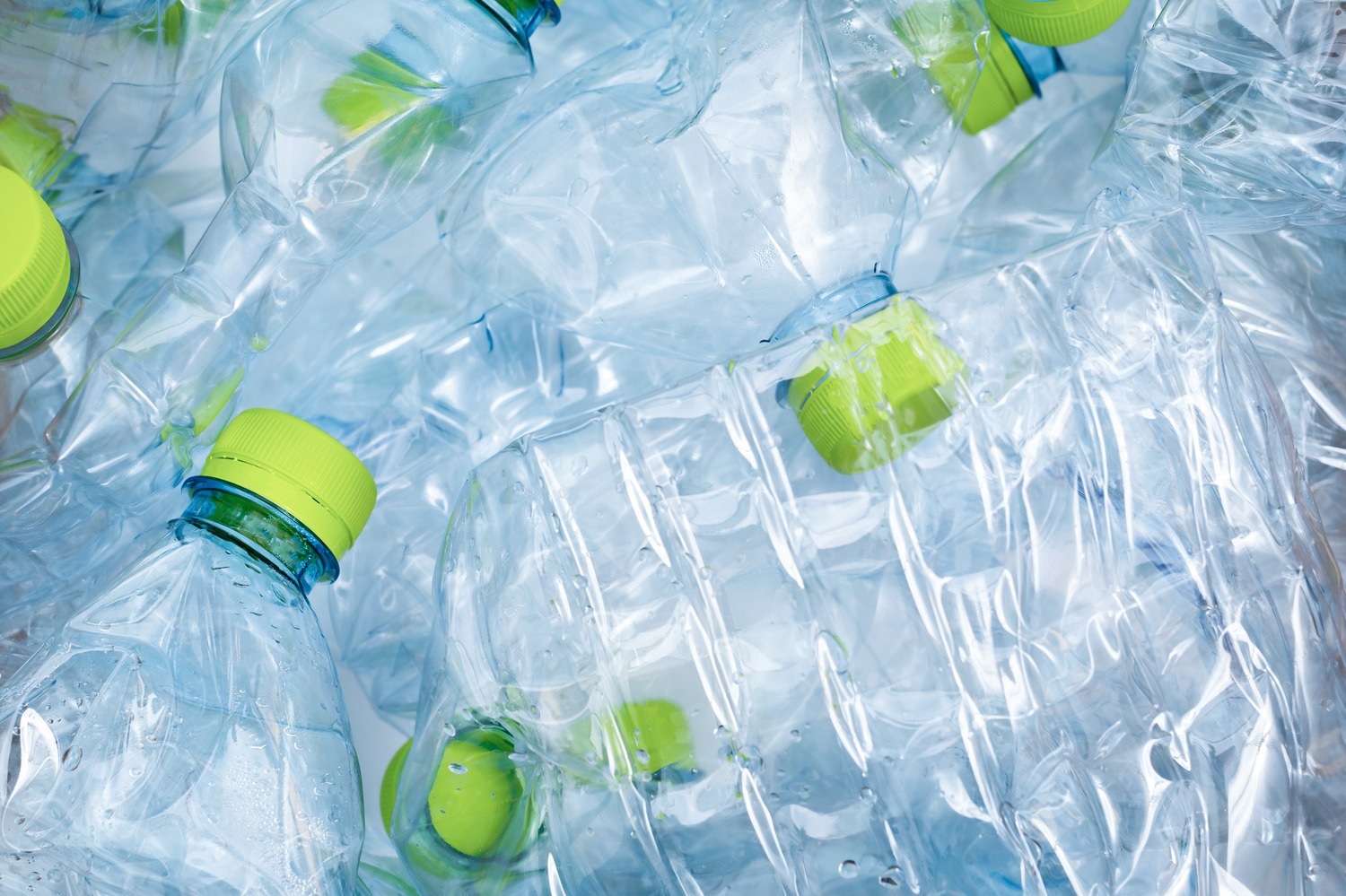PET, the plastic utilized in making bottles, is widespread in the natural environment. In a collaborative study, researchers from Leipzig University and the Helmholtz Centre for Environmental Research (UFZ) evaluated the negative impacts that tiny plastic PET particles can have on an organism’s metabolism and development. Their observations are published in the journal Scientific Reports.

PET bottles are a huge problem in the natural environment. Image Credit: Colourbox
The growing use of plastic is endangering ecosystems around the globe. The existence of plastics in the form of tiny particles, also known as microplastics and nanoplastics, is one of the major concerns.
These particles have been found in food, water, and even the air. Humans and animals can absorb nanoplastics through food and water. Microplastics are feared to build up in the body over time. Because the full extent of their impact on human beings is uncertain, they are the focus of research, such as the current study by Leipzig University.
PET, or polyethylene terephthalate, is a common plastic. It is being used to make plastic bags and practical food and drink containers. Up to this point, very little is known about the harmful effects of PET nanoplastics. Leipzig University researchers recently published a study on the effects of PET nanoplastics on zebrafish embryos.
They discovered that the tiny plastic particles accumulated in the model animal’s intestine, liver, brain, and kidney. Furthermore, PET nanoplastics induced behavioral abnormalities in the embryos, resulting in less movement.
Our study provides the very first insight into the toxicity pathways induced by PET nanoplastics and the underlying damaging mechanisms in intact zebrafish larvae. We found that liver function was significantly impaired and that there was oxidative stress. PET nanoplastics also affect the cellular membrane and energetics of living organisms.
Dr. Alia Matysik, Study Corresponding Author and Scientist, Institute of Medical Physics and Biophysics, Leipzig University
PET Accumulation Alters Organism Biochemistry
High-resolution magic-angle spinning (HRMAS), a non-invasive analytical technique that uses nuclear magnetic resonance (NMR) to study solids and soft matter, was used to investigate zebrafish embryos. This scientific technique has the advantage of allowing researchers to examine matter externally without causing tissue damage or inserting instruments into the body.
This study combined experiments on zebrafish cell and tissue metabolism with cellular assays and behavioral tests.
We used state-of-the-art analytical NMR methods to obtain a comprehensive system-level understanding of the metabolic pathways affected by PET nanoplastics. We were able to observe how PET accumulation alters the biochemistry of an organism.
Dr. Alia Matysik, Study Corresponding Author and Scientist, Institute of Medical Physics and Biophysics, Leipzig University
“This research finding highlights the adverse effects of PET nanoplastics, which have been observed in zebrafish embryos and may also play a role in mammals and humans. While we do not yet have a clear answer to this question, it is now safe to assume that PET nanoplastics are disrupting our ecosystems,” elaborates Professor Jörg Matysik from the Institute of Analytical Chemistry, who was involved in his wife’s study
Professor Jörg Matysik notes, “In any case, plastics should be prevented from entering the environment. Presumably, avoiding this form of waste will be the big challenge of the near future.”
Leipzig University researchers intend to continue their investigation on this topic as well as look into the impacts of nanoplastics on brain function.
We’re already seeing PET nanoplastics accumulate in the brain. We now want to find out whether this has an impact on brain function and neurodegenerative diseases.
Dr. Alia Matysik, Study Corresponding Author and Scientist, Institute of Medical Physics and Biophysics, Leipzig University
Journal Reference
Bashirova, N., et al. (2023) A mechanistic understanding of the effects of polyethylene terephthalate nanoplastics in the zebrafish (Danio rerio) embryo. Scientific Reports. doi.org/10.1038/s41598-023-28712-y.